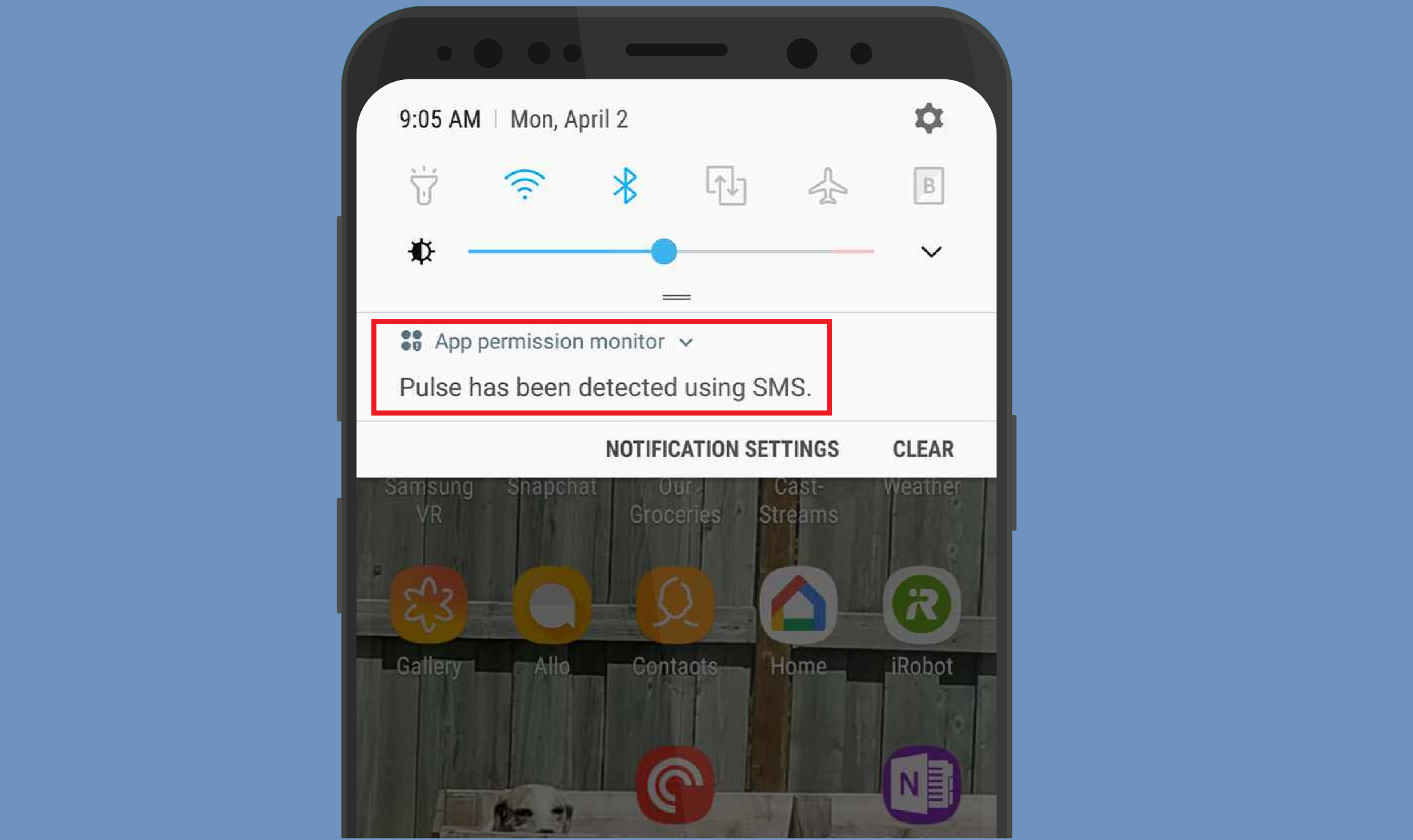
After you choose which group of object type to override, the Override Properties dialog box opens, enabling you to view the default settings contained in this monitor or rule.

You can choose to override this monitor or rule for objects of a specific type or for all objects within a group. On the Operations console toolbar, click Overrides and then point to Override the Monitor (or Rule). In the Monitors or Rules section, click the monitor or rule that you want to disable. In the Authoring workspace, click Monitors (or Rules if you want to disable a rule). In the Operations console, click Authoring. Log on to the computer with an account that is a member of the Operations Manager Advanced Operator role. To enable or disable a monitor or rule using overrides You should identify the devices used in your environment and use overrides to enable the rules and monitors specific to your devices. Many vendor-specific rules and monitors in the network management pack are disabled to avoid performance impact.

For example, the management packs for network monitoring contain rules and monitors that are vendor-specific. In addition, some management packs ship with some rules or monitors disabled you should read the management pack guide to identify the workflows that are disabled by default and determine if you should enable any of them for your monitoring needs. In System Center - Operations Manager, if a management pack's default settings contain a monitor or rule that is not necessary in your environment, you can use overrides to disable this monitor or rule. This version of Operations Manager has reached the end of support, we recommend you to upgrade to Operations Manager 2019.


 0 kommentar(er)
0 kommentar(er)
